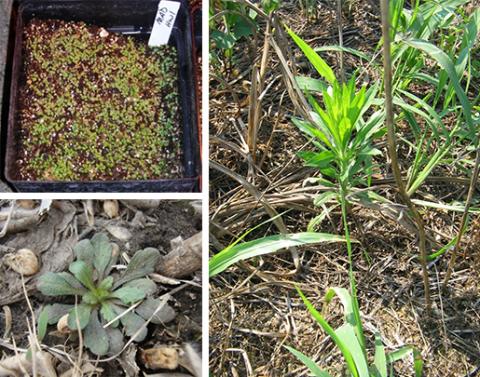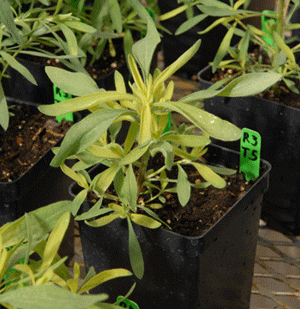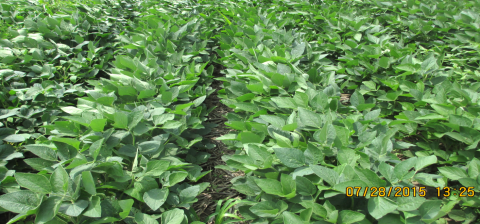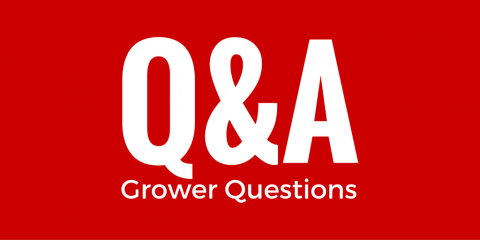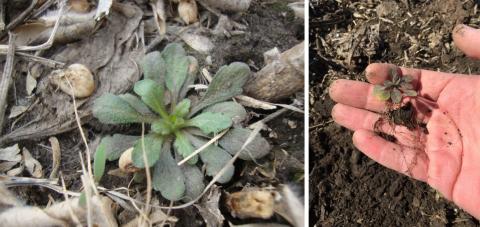Nebraska Extension Pest of The Month: Horseweed
Horseweed (marestail, Conyza canadensis L.) is a unique weed species that can emerge in both fall and spring. In Nebraska, unlike the eastern Corn Belt, horseweed populations predominantly emerge in fall as a winter annual.
Managing Glyphosate- and ALS-Resistant Kochia in the Panhandle
Understanding the Roundup Ready 2 Xtend™ Soybean Weed Management System
Q&A: Which formulation of 2,4-D is preferred for fall application?
EPA Re-Affirms Enlist Duo for GE Crops and Proposes Amended Registration
Enlist Duo containing the choline salt of 2,4-D and glyphosate was first registered in 2014 for use in genetically engineered corn and soybean in select states, including Nebraska. After granting the registration, EPA learned that the registrant had made claims of synergy between the ingredients in the herbicide’s formula that had not been shared with EPA at the time of registration.
Fall is Optimal for Marestail Management
Nebraska Extension Pest of the Month: Cheatgrass
Fall Management of Cool-Season Invaders in Pastures
When cheatgrass, bromes, and other cool-season plants invade native warm-season grass pastures and rangeland, they shift good grazing away from summer.
